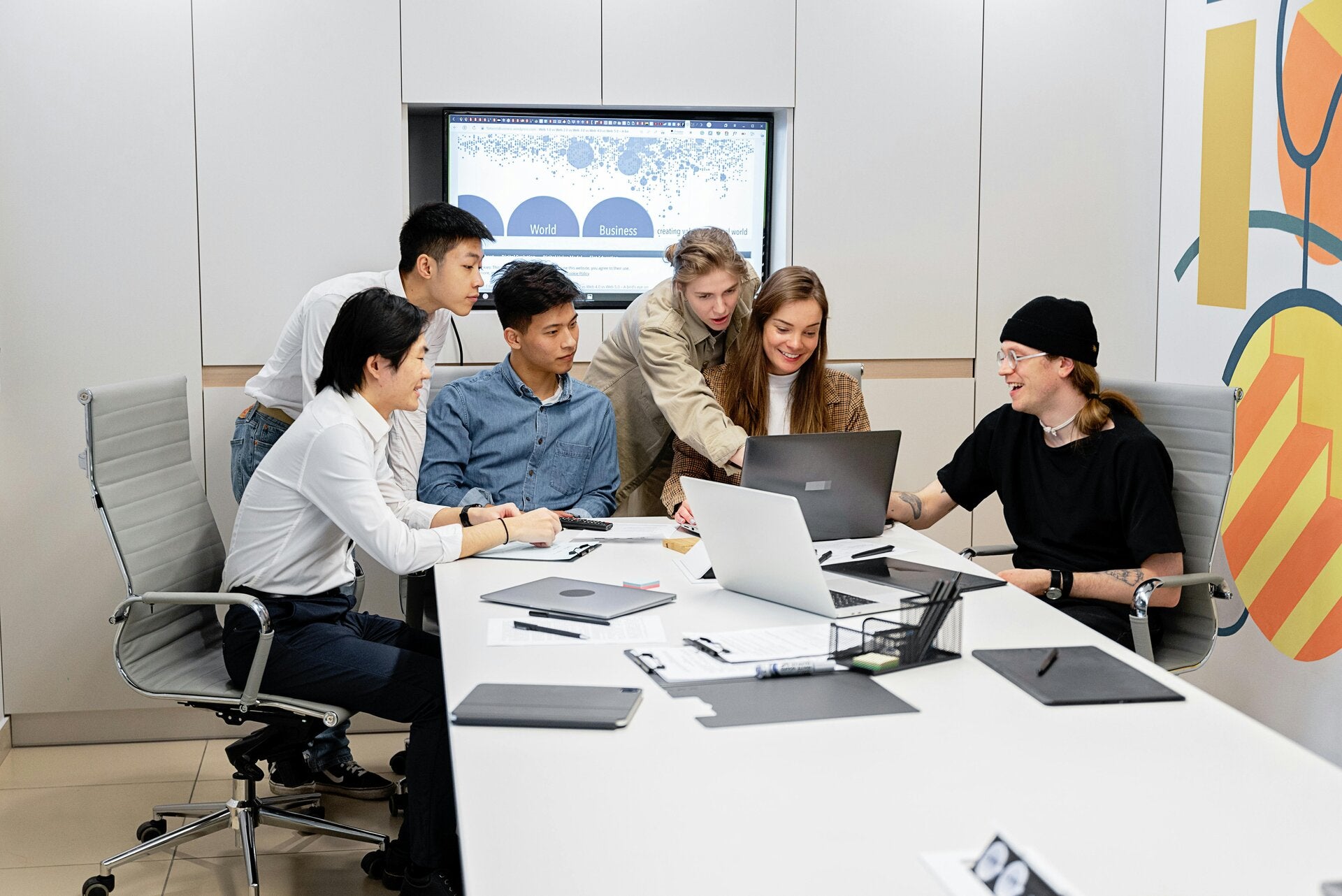Addressing classroom challenges through innovation
Student engagement and accountability have become consistent challenges. While students are capable and curious, they often lose focus during direct instruction and fail to see how lessons connect to real-world skills. Additionally, many students struggle with organization, making it difficult to track learning progress or retain key concepts. This innovation proposal letter outlines a blended learning model to combat these issues, fostering student-centered learning and improved outcomes for anyone in education.

A blended learning solution
To address these challenges, I propose implementing an in-class blended learning model where students rotate through learning stations that include digital, collaborative, and teacher-led components. This model shifts learning from teacher-centered to student-centered, allowing students to move through lessons at their own pace, collaborate with peers, and demonstrate their understanding in meaningful, organized ways. The result of this is data and student portfolios to view progress.

Key components of the model
In this model, students will:
- Engage with digital materials such as short videos, interactive Genially presentations, or Edpuzzle lessons.
- Work collaboratively to analyze primary sources, timelines, or key events in Texas History.
- Receive targeted support in small teacher-led groups.
- Reflect on their learning by curating artifacts in a digital portfolio for each unit.

Evidence of success
The effectiveness of this blended learning model is supported by [Include relevant data and examples of student portfolios]. This data provides tangible evidence of improved student engagement, better organization, and enhanced understanding of key concepts. This approach can lead to significantly improved student outcomes, fostering a more dynamic and effective learning environment.